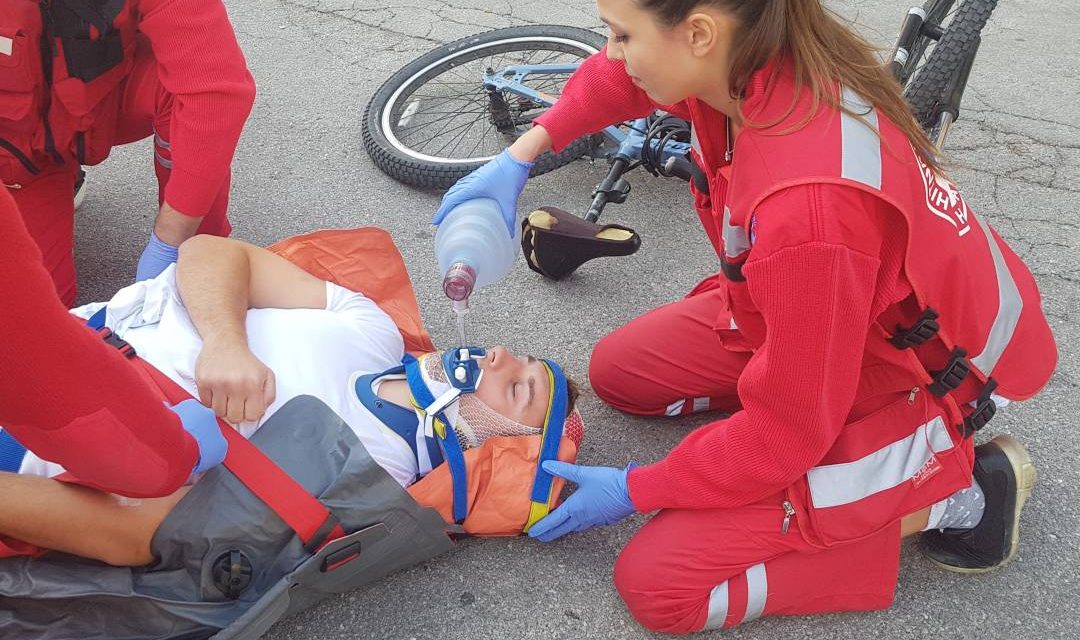Rapid sequence intubation (RSI) is an advanced airway management technique. The aim of this technique is to reduce the risk of aspiration of gastric contents and to prevent injuries that may occur during intubation when it is assumed that the patient is not fasting and has no protective reflexes.
Patients for whom this technique is indicated, but who are not apneic, require sedation and neuromuscular blockade to provide an artificial airway, ensuring airway protection, ventilation, and oxygenation. A compromised airway usually leads to patient deterioration or death, making airway management a top priority without delay.
Emergency medical teams often encounter such patients during interventions in the field. Therefore, it is of the utmost importance that members of the emergency medical service team be familiar with the procedure, basic and advanced airway management methods, equipment, devices and medications used in this technique. RSI is a technique similar to that used by anesthesiologists in emergency patients at high risk of gastric aspiration. In future posts, we will explain the entire process of airway management using the RSI technique, starting with patient assessment and decision-making, patient preparation, equipment, team, and the procedure itself, to patient delivery to the hospital.
Because this procedure requires some preparation time, and delays at the scene can negatively affect survival outcomes, the procedure often has to be performed while the patient is being transported to the hospital. In urban areas where transport time to the hospital is short, other airway management techniques can be used to secure the airway and provide definitive airway management.
Rapid sequence intubation (RSI) is an advanced airway management technique using drugs, sedatives, and neuromuscular blocking agents to facilitate intubation, improve visualization, increase intubation success, and provide an artificial airway. RSI is a rarely used high-risk procedure with potentially serious consequences for the patient’s treatment outcome.
Because administration of RSI medications causes apnea in patients, members of the EMS team must know how to secure an airway and apply all advanced airway management procedures. Maintaining and securing the airway are the most important goals in the management of critically and acutely ill persons. Methods of securing the airway must be performed quickly and successfully because a compromised airway does not allow delays in procedures.
The RSI technique is designed to facilitate airway management in non-fasting subjects. The use of sedatives and neuromuscular blockers creates conditions that increase the probability of successful intubation and reduce the risk of injury.



0 Comments